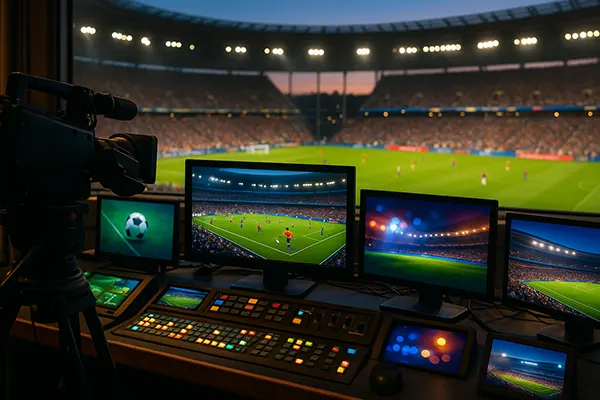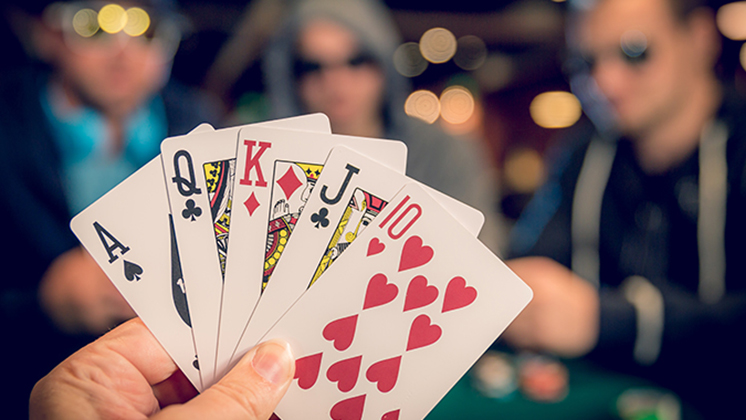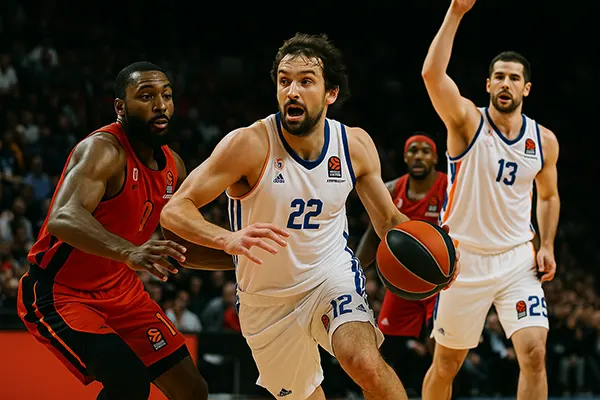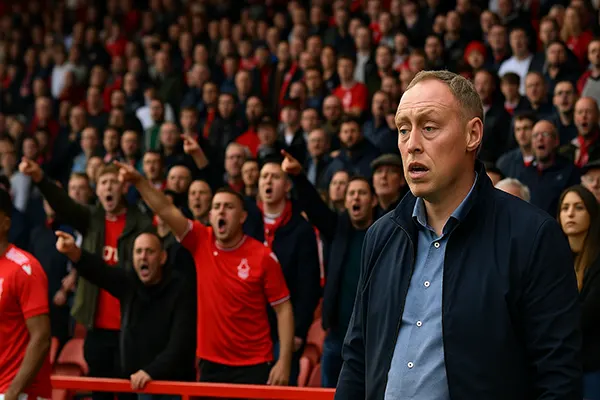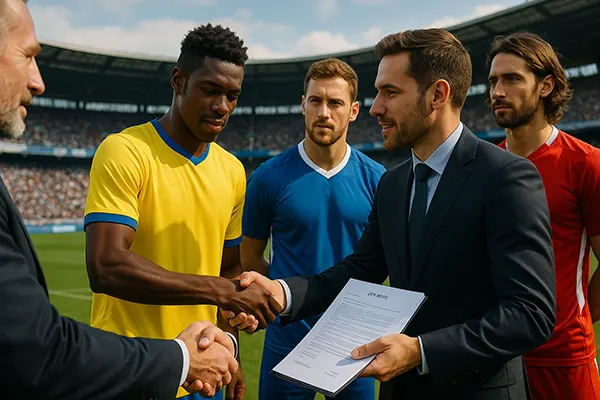Greatest Comebacks from Injury in the 2024/25 Season: Mental Resilience, Recovery and Technology
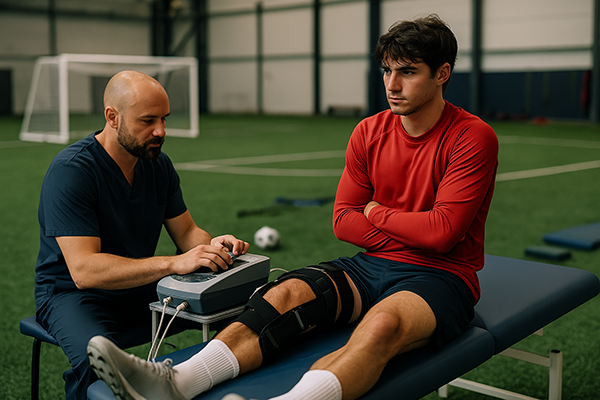
The 2024/25 football season has already delivered stories that go beyond goals and trophies. One of the most inspiring narratives emerging is the extraordinary return of players from serious injuries. Their resilience, the innovations in sports science, and the support systems in place have redefined what recovery looks like in modern football. This article highlights the journeys of three key players across different leagues who came back stronger than ever.
The Rise of Gavi: A Remarkable Recovery in La Liga
Barcelona’s prodigious midfielder, Gavi, suffered a devastating ACL injury in late 2023, sidelining him for over nine months. For a player whose game depends on agility, sharp turning, and non-stop pressing, the challenge was immense. Yet, by February 2025, he returned to the starting XI with energy that rivalled his pre-injury performances.
The club collaborated with top physiotherapists and integrated motion-sensor technology to monitor joint stress during rehab. Sessions included hydrotherapy, neuromuscular training, and VR visualisation to maintain match intelligence while sidelined. Notably, his recovery was supported by a strong mental health focus — weekly sessions with a sports psychologist were crucial in maintaining belief and reducing anxiety about re-injury.
Upon his return, Gavi played a pivotal role in a key win over Atlético Madrid, completing 92% of his passes and covering 11.4 km, the highest of any player in the match. His ability to reintegrate at full throttle has made him a symbol of modern recovery techniques fused with personal grit.
Support Systems Behind the Scenes
Behind Gavi’s return lies the quiet but essential work of club staff. From nutritionists tailoring anti-inflammatory diets to biomechanical analysts studying movement, each professional played a role. Barcelona’s use of AI-based predictive injury tools also helped manage workload and avoid setbacks.
Gavi’s family, team-mates, and even club legends reached out during rehab, providing a sense of belonging and reducing isolation — a common challenge for long-term injured athletes. The holistic approach adopted set a standard for elite recovery across Europe.
What’s more, fans resonated deeply with his comeback — a rare blend of talent, transparency, and tenacity. The support in the stadium upon his return underlined how mental recovery goes hand-in-hand with physical fitness in elite sport.
Jack Grealish’s Redemption Arc in the Premier League
Manchester City’s Jack Grealish faced both criticism and a serious ankle ligament injury in mid-2024. For a player already under pressure, it could have derailed his momentum completely. But Grealish used the period to transform both body and mindset. He returned in early 2025 with renewed intensity, contributing with assists and flair in high-pressure matches.
The medical team focused on proprioception training and high-speed treadmill simulations to rebuild confidence in quick directional changes. Importantly, Grealish documented parts of his recovery journey, including setbacks, which resonated with fans and added transparency to the rehab process.
He credited meditation, journaling, and working with a mindset coach as key elements in rebuilding his focus. Grealish now speaks openly about the impact of mental tools on his performance — helping break stigma around psychological recovery in professional football.
How Technology Aided Grealish’s Return
City used advanced biomechanics analysis via wearable sensors to adjust Grealish’s stride and reduce reinjury risk. Training was tailored to mimic match intensity in bursts — crucial for a player reliant on short sprints and acceleration.
Interestingly, a new partnership with a recovery-tech start-up allowed Grealish to access cryotherapy and laser therapy daily. This shortened his inflammation cycle and sped up muscular repair. By February 2025, he was clocking top speeds similar to pre-injury levels.
Coaches highlighted how his decision-making had improved — a result, perhaps, of deeper tactical analysis during downtime. His return hasn’t just been physical; it has enhanced his mental sharpness and on-pitch intelligence.
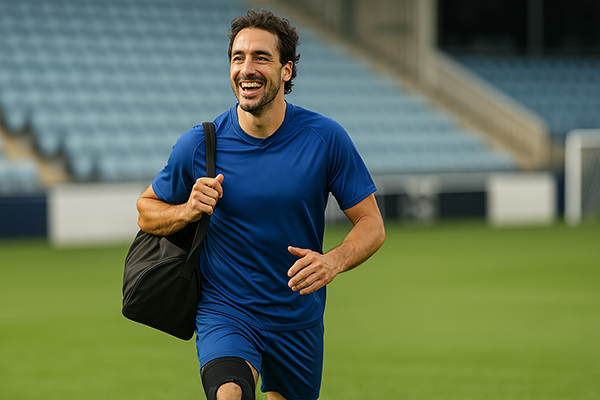
Federico Chiesa’s Comeback in Serie A
Juventus forward Federico Chiesa is no stranger to injury, having battled with ACL tears and muscle issues throughout his career. In September 2024, another thigh injury threatened to stall his progress, yet by February 2025, he returned and scored in back-to-back fixtures — a testament to his fighting spirit and meticulous rehab process.
Juventus implemented a highly individualised programme, combining traditional physiotherapy with underwater treadmill running to reduce joint impact. Chiesa’s commitment to recovery was visible in his willingness to remain at the training ground hours after the team had left — focusing on isolated drills and mobility work.
Mental conditioning played a significant role too. Chiesa worked closely with a resilience coach and adopted cognitive-behavioural strategies to manage fear and frustration — especially important given his injury history. His leadership on and off the pitch post-recovery has made him a role model in Turin.
Lessons from Chiesa’s Journey
Chiesa’s path back to fitness wasn’t linear. He faced setbacks, doubts, and media scrutiny. However, Juventus ensured constant medical re-evaluation, and reduced training load spikes using real-time data to manage his recovery with surgical precision.
He also partnered with Italian sports science institutes, trialling muscle recovery supplements and innovative compression wear designed to stimulate circulation during sleep. These small but meaningful interventions created cumulative benefits over time.
Perhaps most powerfully, Chiesa’s openness about his fear of ‘not being the same again’ helped younger athletes realise that vulnerability is not weakness. His story reflects the emotional landscape of elite sports injuries — and the strength it takes to come back stronger.

